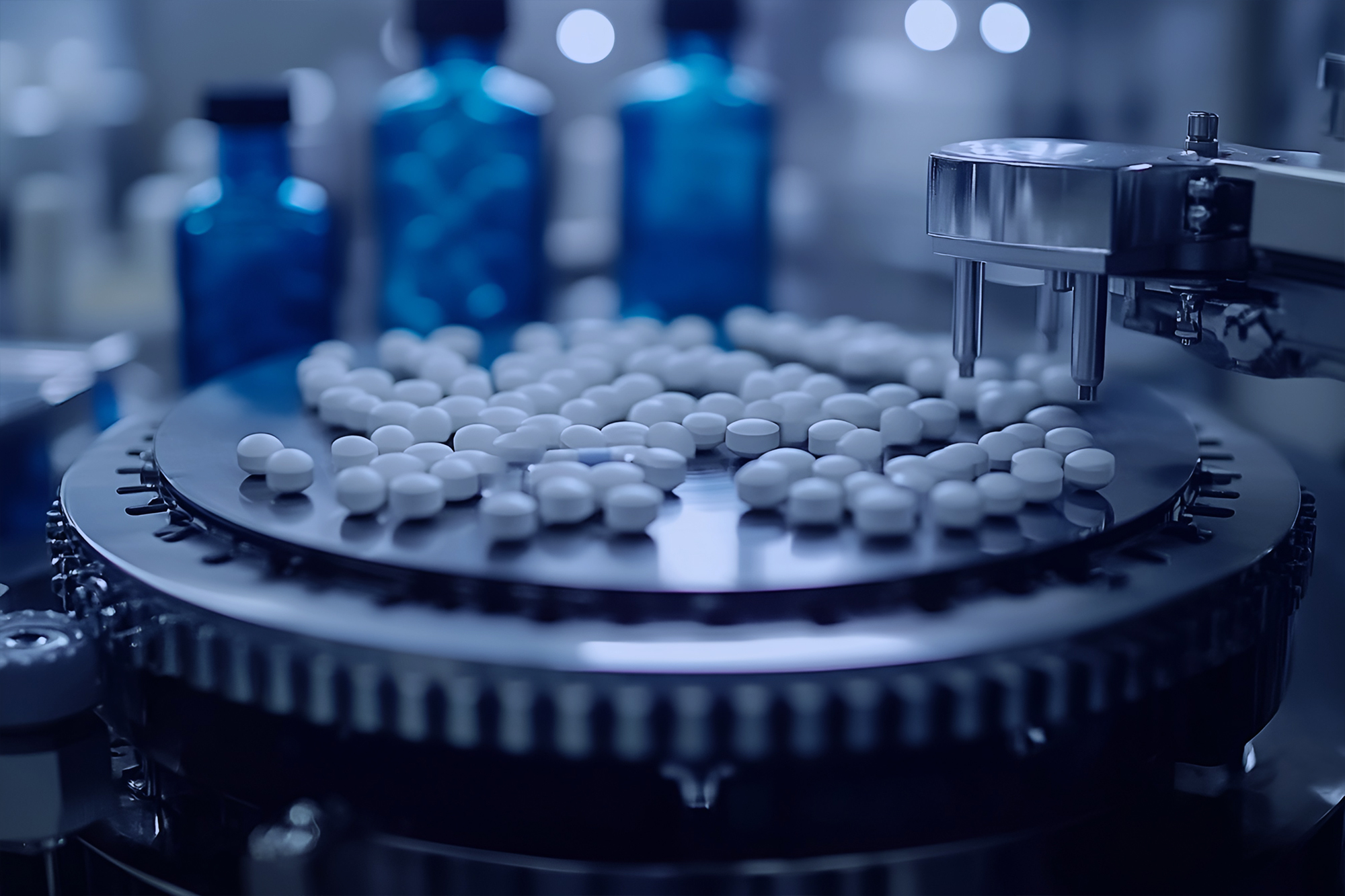
Lab fume hoods are devices used for exhaust ventilation in laboratories. Fume hoods, also known as chemical hoods or lab hood, are one of the most common pieces of equipment found in laboratories. Their primary functions are exhaust ventilation and air exchange. In chemical laboratories, various harmful gases, odors, moisture, and flammable, explosive, or corrosive substances are generated during experimental operations. To protect the safety of users and prevent pollutants from spreading throughout the laboratory, fume hoods must be used near the source of contamination.
Lab Fume Hood vs Clean Bench vs Biological Safety Cabinets
Application Scenarios

Chemical Laboratory

Acid-Base
Reactions

Toxic Gas & Vapor Control

Hazardous Chemical

Pharmaceutical
R&D & Testing

Teaching Laboratory
The Airflow direction ,Face Velocity and Air Volume are important factors affecting the exhaust effect of fume hoods.
Airflow direction
Enters the Front Opening of a Fume Hood Inside the Fume Hood Exhaust System (Filtered Exhaust) Outdoors(Ducted Fume Hood)
Enters the Front Opening of a Fume Hood Inside the Fume Hood Exhaust System (Filtered Exhaust) Indoors(Ductless Fume Hood)
Face Velocity
Face Velocity is the average speed at which air enters the front opening of a fume hood, measured at the sash plane (the plane of the hood opening).It is usually expressed in feet per minute (fpm) in the U.S. or meters per second (m/s) in metric systems.
Too Low Insufficient capture, risk of contaminants escaping into the lab.
Too High Creates turbulence, which can pull contaminants out of the hood or disturb delicate experiments.
| Hood Type | Recommended Face Velocity |
| General-purpose fume hood | 0.4–0.6 m/s (80–120 fpm) |
| High-hazard work | 0.5–0.6 m/s (100–120 fpm) |
| Energy-saving / low-flow hoods | 0.3–0.5 m/s (60–100 fpm) |
0.25-0.45 m/s
0.5m/s
0.2-0.6 m/s
0.3-0.6m/s
Air Volume
The amount of air discharged from a fume hood per unit time (m ³/h).Determine the efficiency and energy consumption of harmful gas emissions.(For variable air volume (VAV) fume hoods, measurements and records need to be taken at various baffle heights.)
Q=V×A
Q=Air Volume (m ³/s or CFM) ;V=Face Velocity (m/s or fpm) ;A=Ventilation hood opening area (m ² or ft ²)
Ductless fume hoods
also known as recirculating or self-contained hoods. They filter and recirculate clean air back into the lab. Due to the need to circulate the exhaust gas back indoors, it relies on an internal multi-stage filtration system (to remove specific harmful substances). Regular replacement is required in the later stage, resulting in high maintenance costs.
Ducted Fume Hoods
If the laboratory has the conditions to install ductwork, a ducted fume hood is the first choice. In experimental research, the nature of by-products can change and be unpredictable. A ducted fume hood generally does not rely on internal filters(as the air is exhausted directly outdoors), reducing risk. However, its fan has higher power consumption, and prolonged operation uses more electricity.
Fume Hood Exhaust Gas Treatment Method
Based on the Nature of the Exhaust Gas
1.Hazardous Substances – Filtered Exhaust
matter (such as dust or aerosols), the exhaust must be filtered or purified before discharge.If the chemicals used in the fume hood are toxic, corrosive, carcinogenic, volatile organic compounds (VOCs), or particulate
2.Non-Hazardous Substances – Direct Exhaust
Common Filtration Methods
1.Activated Carbon Adsorption – Suitable for purifying various organic gases; simple structure.
2.HEPA Filtration – Filters particles and dust ≥ 0.3 μm.(No special requirements, no need)
3.Chemical Absorption (Scrubber / Wet Scrubbing Tower) – Uses acidic or alkaline solutions to neutralize harmful gases such as acid mist, ammonia, and SO₂.
4.Photocatalytic Oxidation (PCO) – Uses ultraviolet light and a catalyst to decompose organic pollutants.
Selection of material for fume hood
- Occasional use of weak acid-base in experiments: steel wood structure
- Occasional use of strong acid-base in experiments: All steel structure
- Strong acid-base corrosion environment: PP or FRP material structure + PP/ceramic countertop
- High temperature experiment: High temperature resistant ceramic tabletop, with ceramic lining inside
All steel structure
Steel-wood structure






















